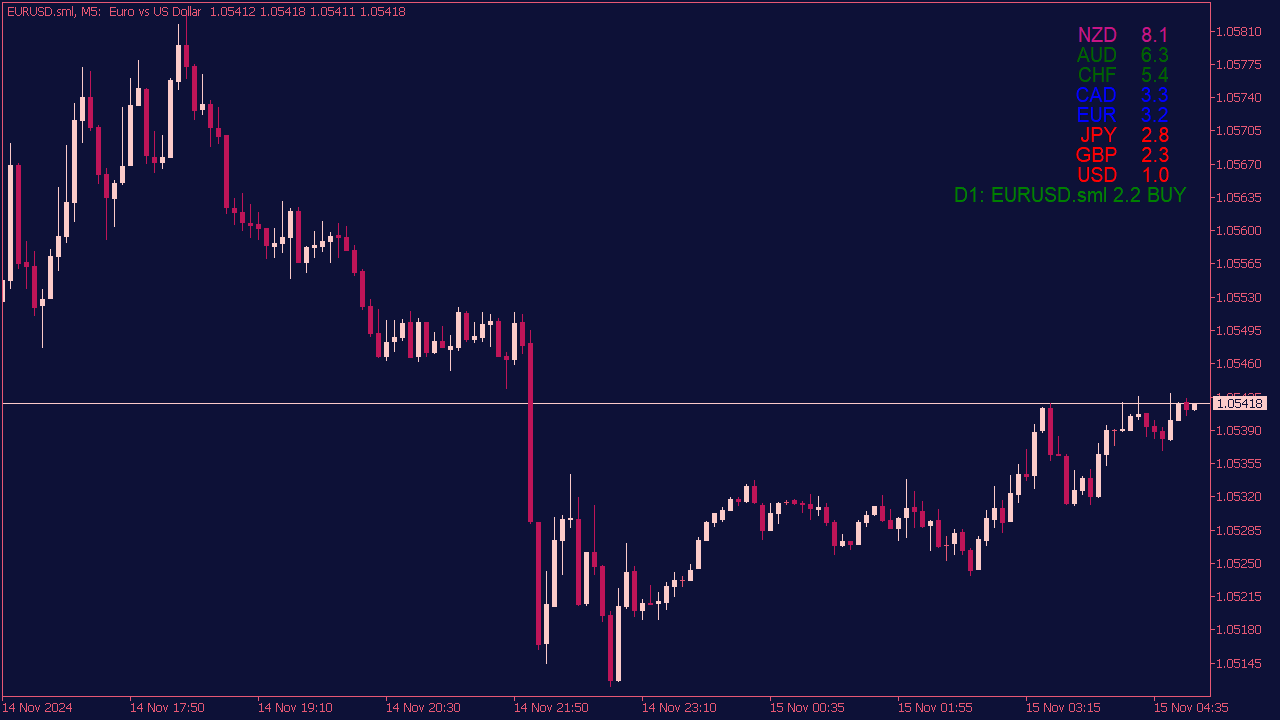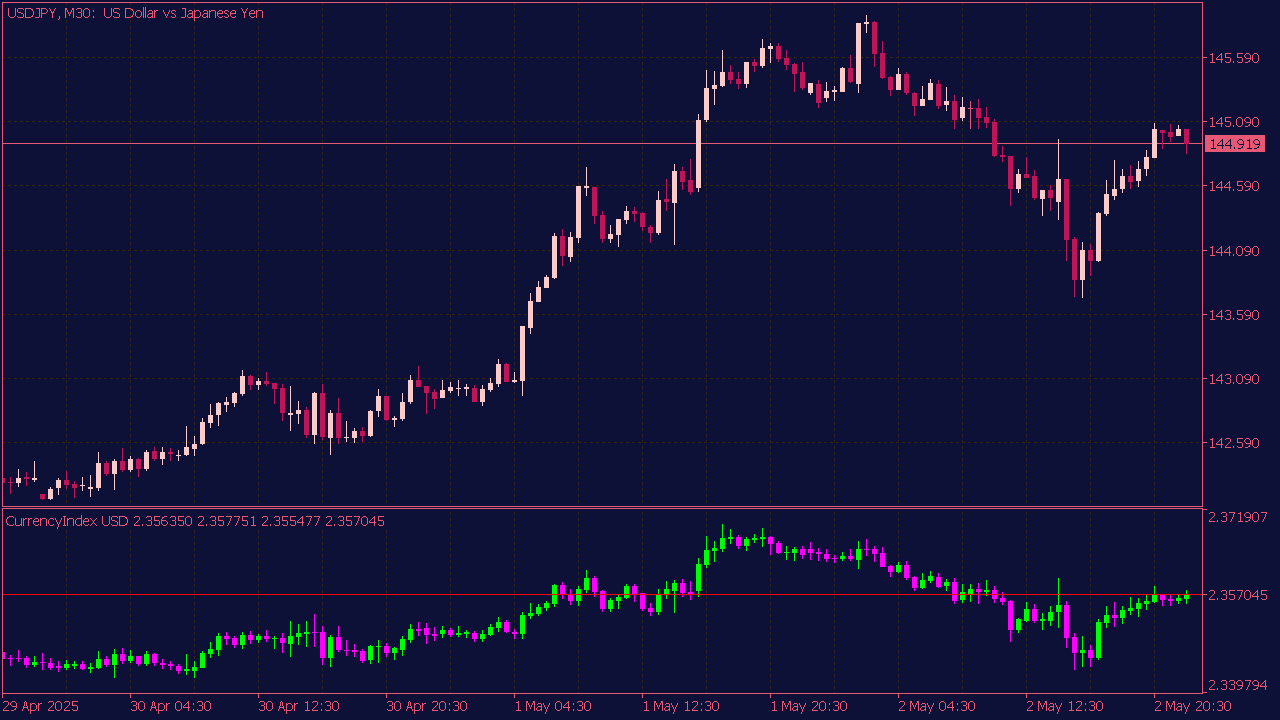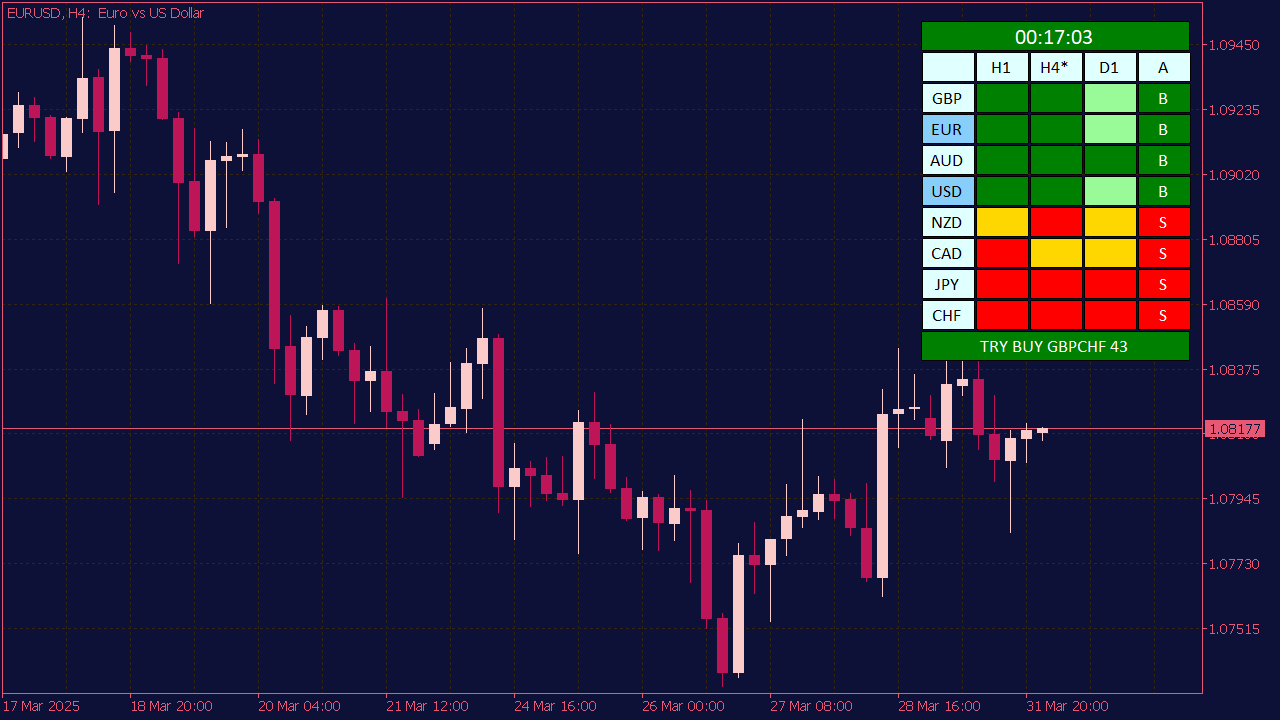Currency Strength Meter Indicator

A Currency Strength Meter Indicator is a tool used in forex trading to measure the relative strength or weakness of different currencies. It analyzes various factors such as price movements, trading volume, and market sentiment to assign a numerical or graphical value to each currency. Typically, these indicators display a scale or chart that helps traders identify which currencies are strong and likely to appreciate, and which are weak and may depreciate. By assessing the strength of multiple currencies simultaneously, traders can make more informed decisions about currency pairs to buy or sell, enhancing their trading strategies.

